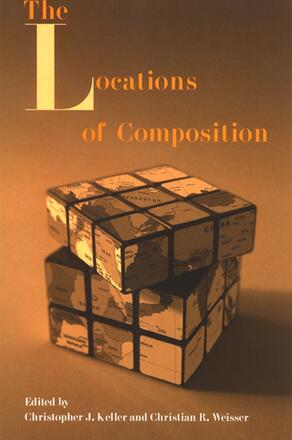
The Locations of Composition
Alternative formats available from:
Explores the concepts of space and place within composition studies.
Description
The Locations of Composition examines how spaces, places, and locations define, problematize, and shape composition studies. From a wide variety of perspectives, including critical theory, rhetoric, cultural geography, genre theory, postcolonial studies, and media studies, the contributors explore the disciplinary boundaries and authority of composition studies, how teachers of writing can engage students in more place-centered pedagogies, and how compositionists can sort through the often hidden and intricate relationships between and among composition's places. The book reveals the complex ways that places are central to the field's history, identity, and ability to move and change.
Christopher J. Keller is Assistant Professor of English at the University of Texas–Pan American and the coeditor (with Sidney I. Dobrin) of Writing Environments, also published by SUNY Press. Christian R. Weisser is Associate Professor of English at Harriet L. Wilkes Honors College of Florida Atlantic University. He has published several books, including Natural Discourse: Toward Ecocomposition (coauthored with Sidney I. Dobrin), also published by SUNY Press.
Reviews
"…a very good collection…" — Rhetoric Review
"Keller and Weisser have collected a broad range of intriguing perspectives and voices regarding place within composition studies … [Some essay] pairings … are delightful and thought-provoking conversations on very real and pressing issues for composition." — JAC
"Gathering the work of a truly impressive array of contributors, the collection offers some traditional, some innovative, and even some surprising arguments showing how place, space, and location shape composition studies." — CHOICE
"What I like best about this collection is its equal commitment to theory and praxis. Composition specialists will appreciate the range of theoretical positions expressed. Practitioners of composition teaching (even those who do not consider themselves compositionists) will find a wealth of practical ideas, as well as a cogent discussion of the theoretical underpinnings of location, space, and place in composition studies. The contributors provide a much-needed overview of the topic, as well as a number of provocative viewpoints. They do not shy away from critique—of themselves, their field(s), time-honored texts and theories, academic enterprise in general, and composition studies in particular. This combination of thoughtful critique and the insightful positing of new directions makes this an important book." — Annie Merrill Ingram, Davidson College